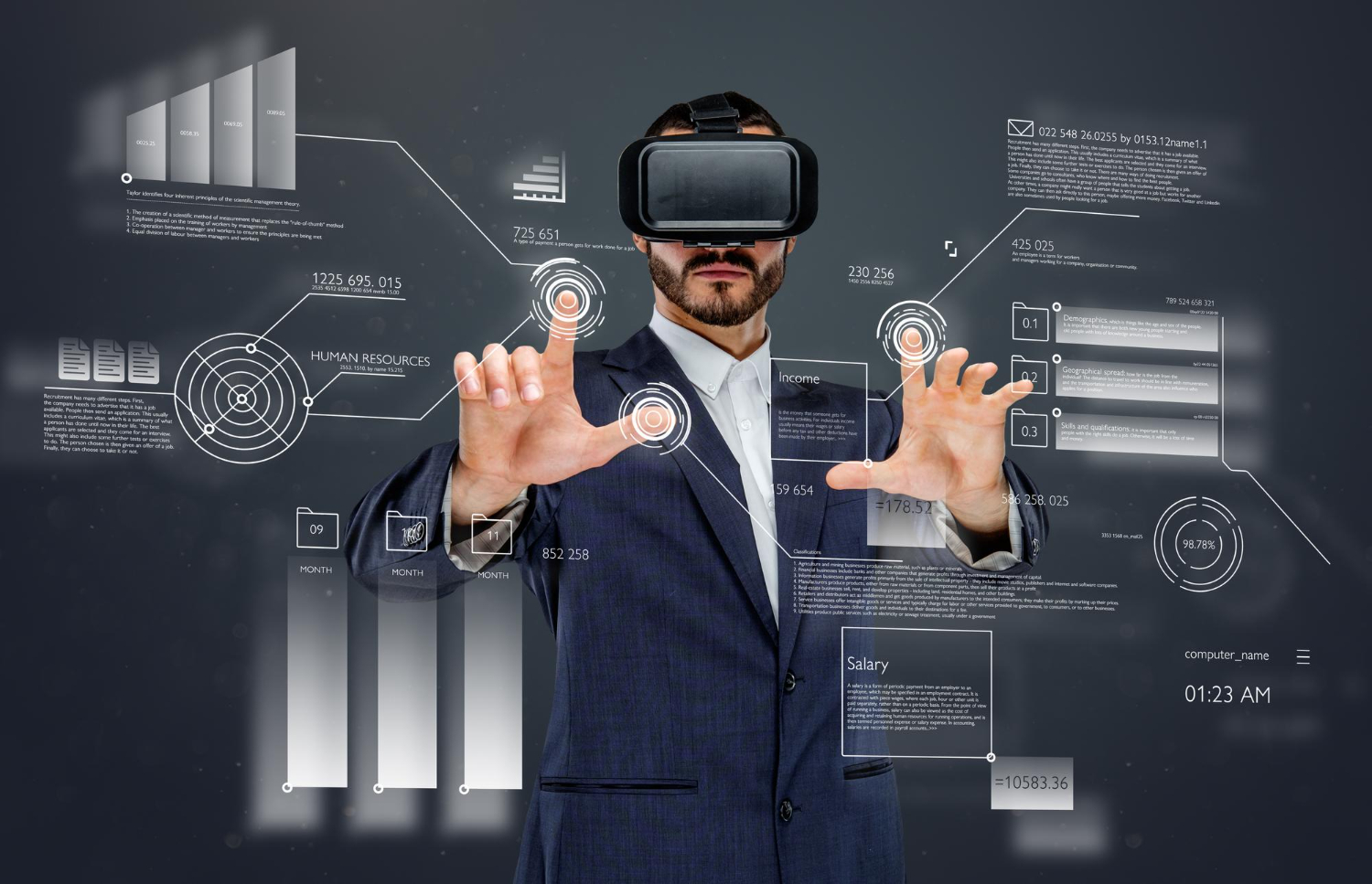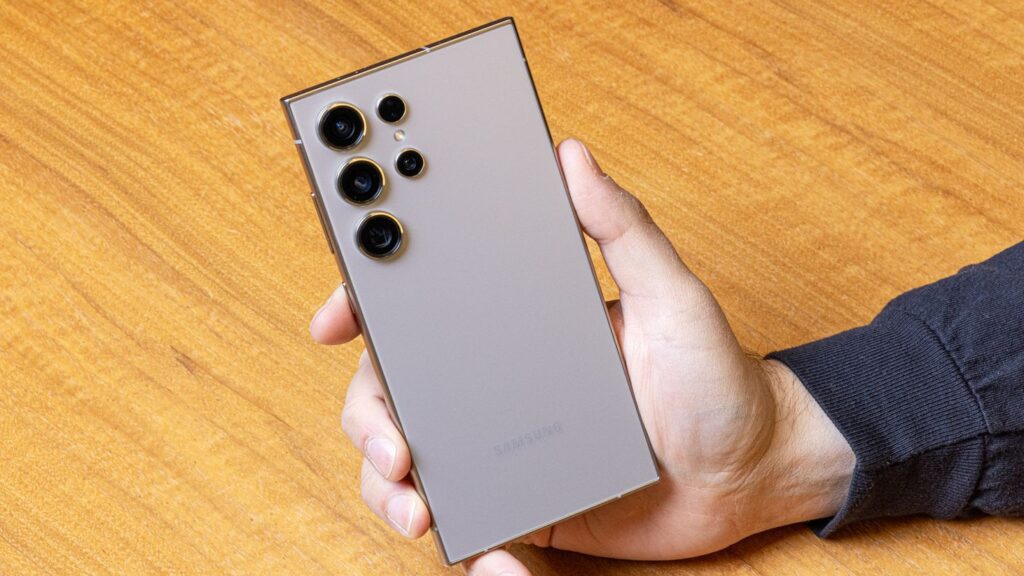2024 Technology Trends: From AI Assistants to Bulletproof Trucks
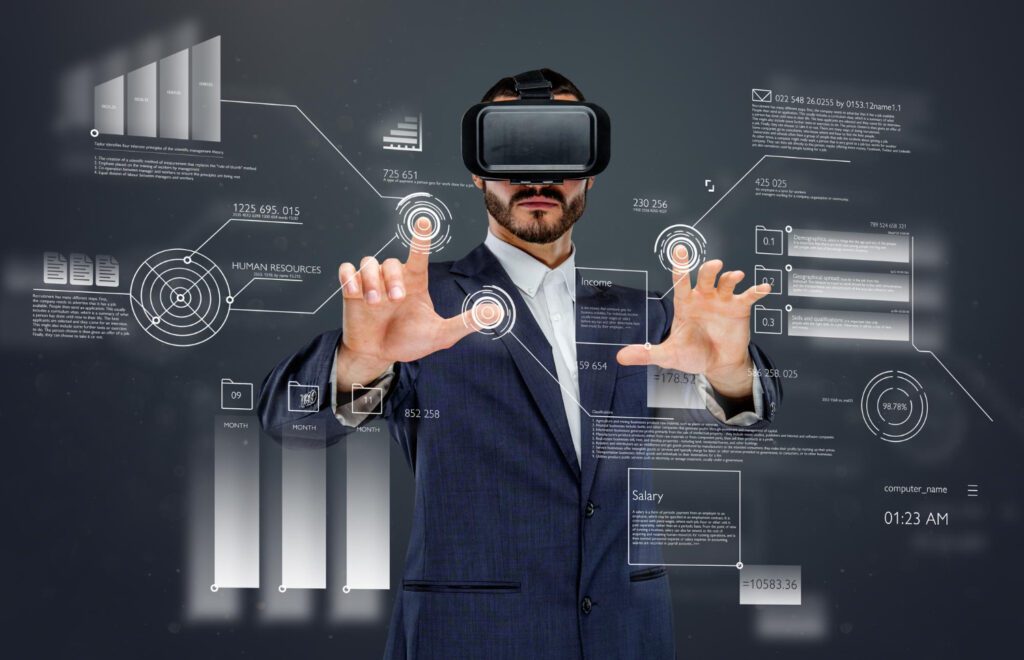

The Exciting Tech Innovations Coming in 2024
From AI assistants to bulletproof trucks, a sneak peek at the futuristic gadgets and vehicles set to launch next year.
Introduction:
The year 2024 is shaping up to be an exciting one for technology innovations. While incremental smartphone upgrades will continue, many companies are focused on more groundbreaking advancements in artificial intelligence, augmented/virtual reality, transportation and sustainability. Read on for a look at some of the most anticipated new gadgets and vehicles slated to launch in 2024.
AI Assistants Become Smarter and More Ubiquitous
AI Assistants Become Smarter and More Ubiquitous. Key players like Google, Amazon and Apple are locked in a race to make their AI assistants smarter and more useful. Thanks to exponential leaps in natural language processing and neural networks, these AIs will understand context better and feel more conversational. For example, Google showcased how its Assistant can now have back-and-forth dialogue grounded in real-world knowledge. This could enable queries and commands that are more nuanced versus rigid sequences. The assistants may also leverage large language models like GPT-3 to generate more human-like responses. Accessibility will also expand thanks to agreements to integrate into vehicles, smart home devices and third party apps. Having an AI assistant built into more touchpoints creates opportunities for greater utility via ecosystem interconnectivity. We may see Assistants act as the connective tissue across our various devices.
– AI assistants like Google Assistant, Siri and Alexa will gain significant improvements through developments in natural language processing and machine learning. They will understand context better and feel more conversational.
Advanced Augmented Reality Smart Glasses
Advanced Augmented Reality Smart Glasses. Major tech firms like Meta, Microsoft and Apple are racing to release more advanced AR smart glasses for consumers. Improvements in display technology using waveguides and holographic optics will enable sleeker, more normal looking designs versus bulky prototypes. These will project high resolution visuals directly into your eyes for an immersive experience. However, the long-term health impacts of AR displays are still unknown. Control mechanisms will also get an upgrade through precise hand tracking, eye tracking and surface detection. For example, you could pull up a virtual keyboard and type by tapping your fingers on any flat surface. This primes AR glasses to serve as smartphone replacements for apps and media consumption. But compromises in field of view and tethered operation to mobiles could limit use cases. Overall, AR glasses remain firmly in enthusiast territory until more kinks get ironed out.
– Companies like Meta, Microsoft and Apple plan to release more advanced AR smart glasses. Features may include AI integration, hands-free control through eye tracking and finger tracking.
Virtual Reality for Meetings and Collaboration
Virtual Reality for Meetings and Collaboration. While AR aims to overlay digital objects onto the real world, Virtual Reality plunges you into entirely artificial digital environments. Upcoming VR headsets will push display resolutions past 4K for each eye to improve realism. They’ll also get smaller and lighter thanks to innovations like pancake lenses. This makes them more comfortable for extended wear. Hand tracking is also improving to enable natural direct interaction with virtual objects. These advancements set the stage for VR to become a mainstream tool for remote work. Imagine slipping on a lightweight headset to join immersive virtual meetings where avatars of attendees appear around a virtual conference table. VR may enable deeper collaboration and connection than traditional video conferencing. It could gain traction first in design roles for 3D product visualization. Wider business adoption may take years due to cost and accessibility barriers. Still, VR workforce applications show promising potential past gaming and entertainment.
– VR headsets will improve with higher resolution displays, better comfort and built-in mixed reality features. This will make virtual meetings and remote collaboration feel much more immersive.
AI Pin Devices Offer Hands-Free Digital Access
AI Pin Devices Offer Hands-Free Digital Access. One exciting experimental gadget I’m keeping my eyes on is the Humane AI Pin. It aims to forego the need for smartphones in some situations. Here’s how it works – the tiny device clips onto your clothes. It connects to your devices via Bluetooth. When you want to access your digital world, you simply wave your hand or fingers in specific ways the Humane recognizes. It then projects a virtual display onto your palm and digits. You can interact with apps and interfaces by tapping on the projections. It’s a fascinating idea that offers hands-free convenience. However, the projection tech seems prone to washout in bright lighting. There are also lingering questions around privacy and security regarding the camera and mic. Still, the Humane AI Pin exemplifies approaches to providing digital utility in a less obtrusive form factor compared to smartphones. It highlights a broader shift towards more discreet wearable computing.
– Experimental gadgets like the Humane AI Pin allow hands-free access to digital interfaces projected on your hand. This could forego the need for smartphones in some situations.
In-Air Hand Gesture Control Goes Mainstream
In-Air Hand Gesture Control Goes Mainstream. Hand gesture control has been touted for years as a revolutionary input mechanism but lacks precision. That’s set to change thanks to advances in machine learning and camera sensors. Companies like Apple and Meta are honing the ability to accurately translate finger and hand motions into commands. For example, you could swipe the air to switch AR lenses or give a thumbs up to like a social post. This gesture control gives users a more natural way to directly manipulate virtual objects without physical controllers. It may first gain traction in AR/VR environments or accessibility tools. But the tech could also be adapted to automotive settings like BMW’s iDrive system. The capability to robustly map in-air finger movements opens the door for touchless interactions across many industries. Still, cultural challenges remain around using gestures in public. There will likely be a learning curve for users to become fluent.
– Gesture control for AR/VR devices will become more accurate thanks to machine learning and sensor advancements. This will allow more natural hands-free control.
Smart Rings Provide Notifications Without Distraction
Smart Rings Provide Notifications Without Distraction. Wearable tech has moved past bulky smartwatches onto more discrete forms like rings. Emerging smart rings aim to provide subtle alerts and wireless control without pulling your gaze to a screen. For example, the ring could gently vibrate when you get an important notification from select contacts. You assign meaning to different subtle vibration patterns. Models like the Motiv Ring 3 also enable quick commands like controlling smart home devices with finger gestures. Since the inputs are on the palm side, they’re hidden from public view. Rings are the most intimate wearable since we already wear them every day. As miniaturization continues, smart rings could monitor health stats like heart rate, respiration and body temperature. Discreet wearables like rings and jewelry lower the barrier for everyday adoption compared to conspicuous gadgets.
– Rings with subtle vibration notifications provide a less distracting alternative to smartwatches for getting alerts. More models will launch with compatibility for custom vibration patterns.
AI Robot Camera Drones for Home Security
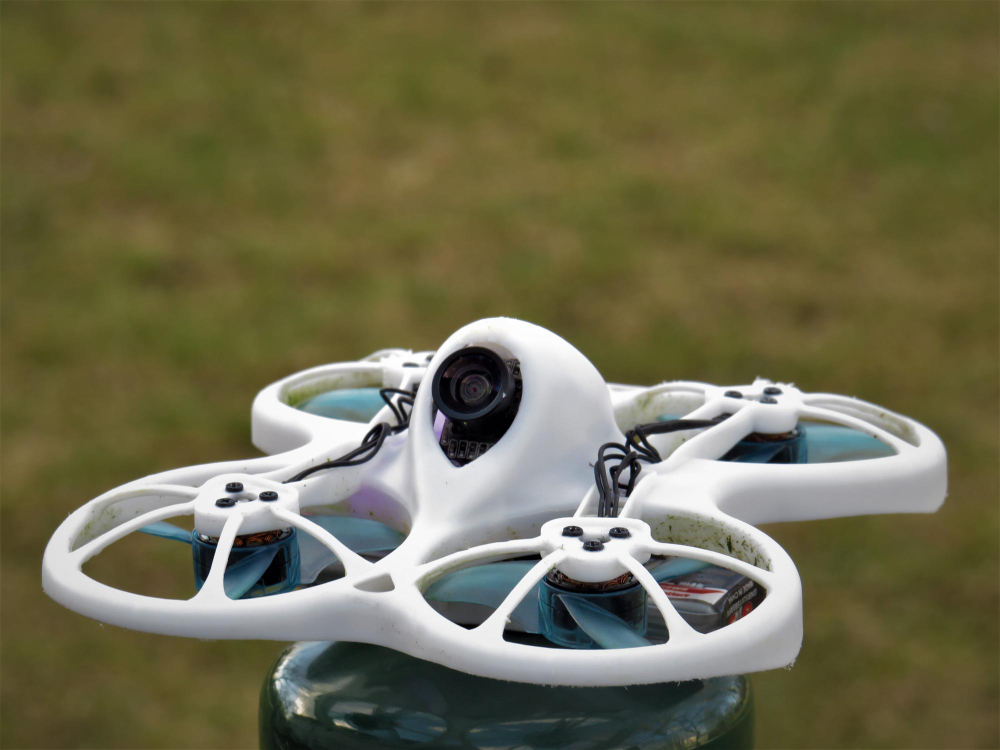

AI Robot Camera Drones for Home Security. Home security cameras continue to get smarter thanks to artificial intelligence. But they’re limited by fixed viewpoints. Startups are now leveraging AI drones that autonomously patrol your house when you’re away. For example, the Skydio drone uses computer vision to navigate rooms without crashing. It can also identify faces and track suspicious activity. If the drone spots a break-in, it triggers an alert and streams video. Some even try intercepting and disorienting the intruder by flying in their face. It’s certainly an aggressive approach to smart home security. However, there are ethical dilemmas regarding surveillance and privacy violations. The legality of interfering or harassing subjects is also untested. There are less controversial ways to apply autonomous drones, like inventory and inspection in warehouses. But for now, their role in consumer dwellings remains contentious.
– Home security drones will leverage computer vision AI to autonomously patrol and investigate activity across large areas when users are away. Privacy concerns remain a barrier to adoption.
AR Glasses ID Products and Offer Details on Command
AR Glasses ID Products and Offer Details on Command. Augmented reality’s ability to visually overlay information promises to be handy while shopping. Meta highlighted Project Nazare AR glasses that identify products then serve up helpful details on command. By looking at say, a pineapple, and asking “What can you tell me about this?”, the glasses will audibly explain where pineapples are grown, nutrition facts, recipes and more. The AI glasses act as your personal shopping assistant. It outfits buyers with deeper context to make informed purchases. However, there are transparency concerns around selective information curation. Retailers may pay to bias recommendations and leave out defects. There also remains a lingering question of whether consumers want AR gadgets interrupting real-world experiences. The technology holds promise to enrich situations like shopping with information. But intrusive implementations risk compromising their utility.
– Meta’s Project Nazare AR glasses will use computer vision and AI to identify products. Users can then ask for details like pros/cons and the glasses will audibly explain.
Seamless Point-to-Point Navigation With AI Planning
Seamless Point-to-Point Navigation With AI Planning. Daily commutes and road trips stand to become more streamlined thanks to AI-powered navigation apps. For example, Tesla is honing its trip planning software to optimize driving routes according to vehicle capabilities and available infrastructure. By inputting your destination, the app will plot a customized course including recommended optimal charging stops for EVs. It factors in live traffic and hyperlocal weather to ensure you arrive on time. Some platforms even let Tesla vehicles automatically drive optimized paths stem-to-stern while handling lane changes and exits. AI trip planning finally closes the loop on seamless point-to-point travel where you just enter your destination and enjoy the ride. However, handing over too much control to algorithms around decisions like refueling raises safety risks if technology fails. While AI navigation shows promise to ease commuting, human oversight remains critical.
– AI assistants will plan optimal driving routes including charging stops for electric vehicles. This will make road trips and daily commutes more efficient.
Tesla Cybertruck Finally Ships With Durable Exoskeleton
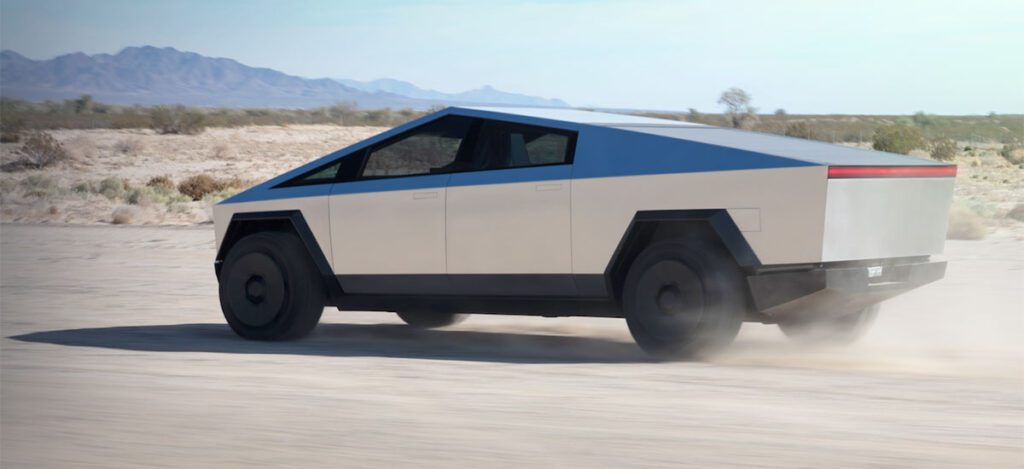

Tesla Cybertruck Finally Ships With Durable Exoskeleton. When Tesla originally unveiled the Cybertruck back in 2019, its futuristic stainless steel exoskeleton was equal parts stunning and polarizing. Love it or hate it, the oddly angled armored aesthetic turned heads. Fast forward years later, and the Cybertruck is slated to finally begin production in 2024. Tesla touts the exterior shell as virtually impenetrable. It’s reportedly durable enough to resist sledgehammer strikes and gunfire. The adaptive air suspension can also raise and lower the ride height several inches for on and off-road versatility. Of course, such outlandish durability claims remain untested in the real world. Early production hiccups may also limit initial availability. Still, the Cybertruck represents an ambitious reimagining of what a civilian truck and personal transport
– The ultra-durable Cybertruck with bulletproof exterior will start shipping, fulfilling pre-orders that began years ago. It represents a futuristic armored vehicle for civilian use.
Conclusion:
The innovations coming in 2024 set the stage for major technological shifts on the horizon. Smarter AI, more immersive XR experiences and autonomous transportation signal a transition away from smartphones toward more embedded technology. While concerns around privacy, access and responsible development remain, the possibilities are endless. 2024 will undoubtedly bring excitement as we get a glimpse into the future of consumer tech.

